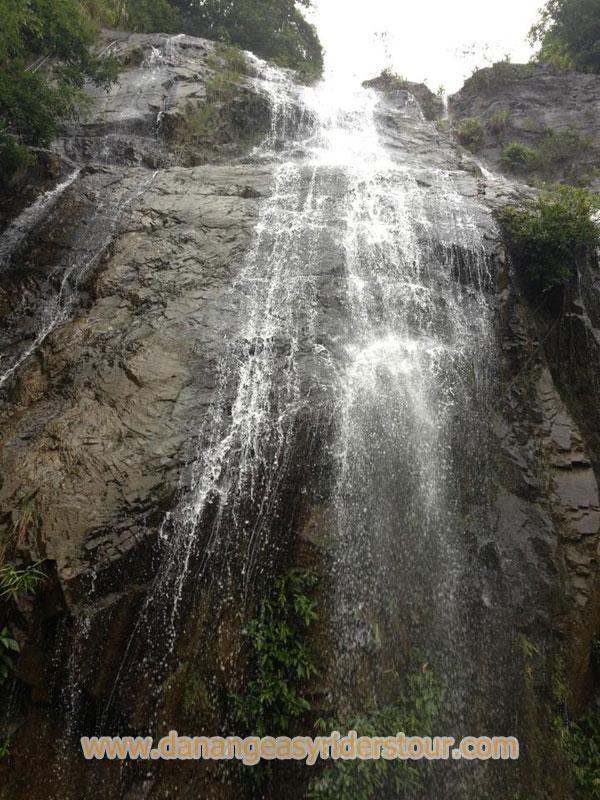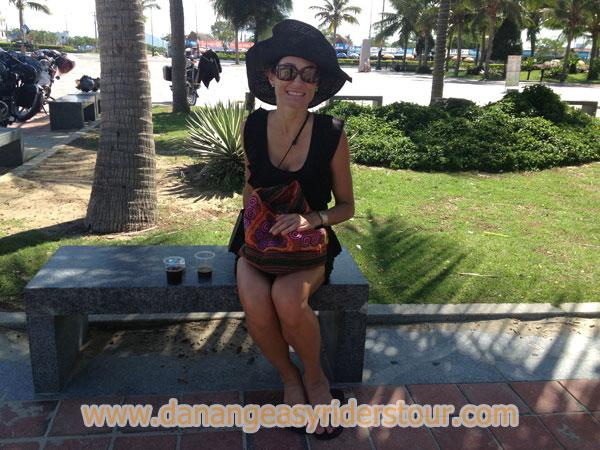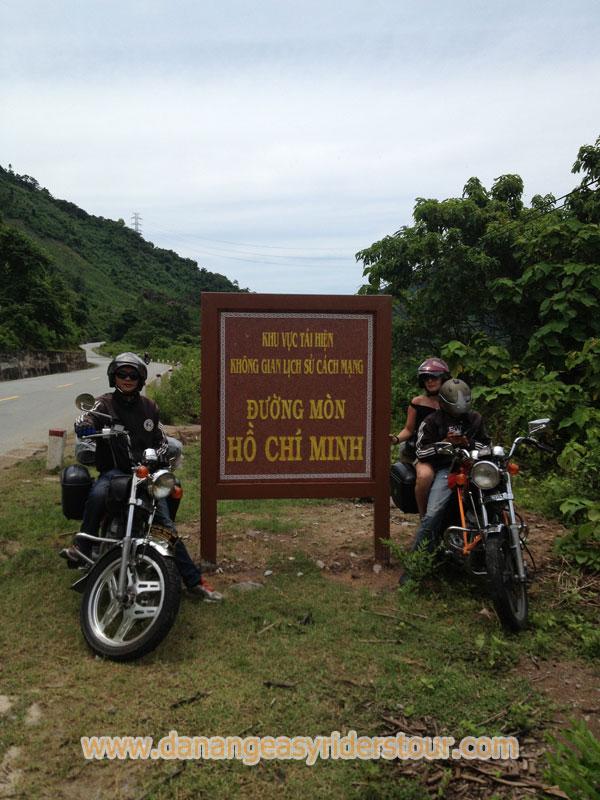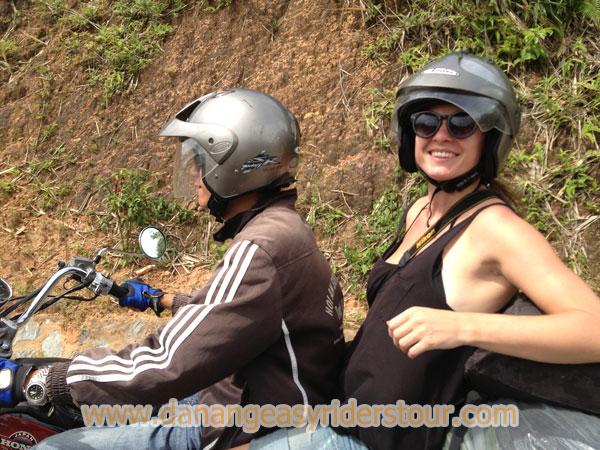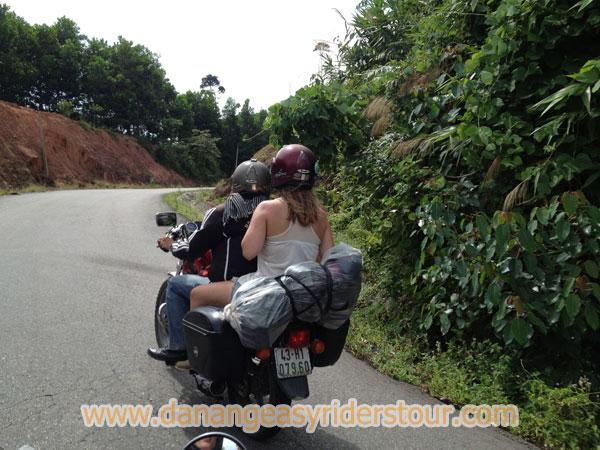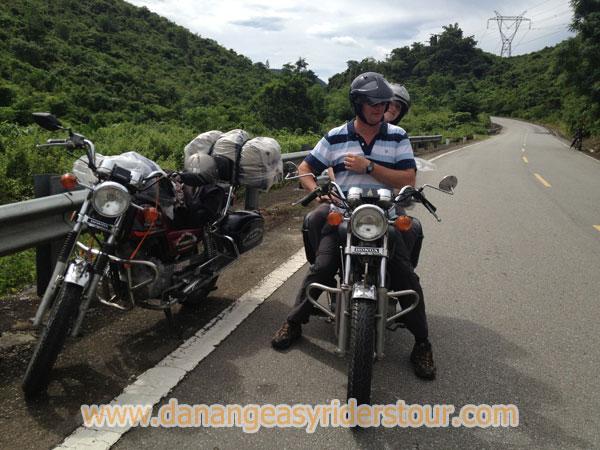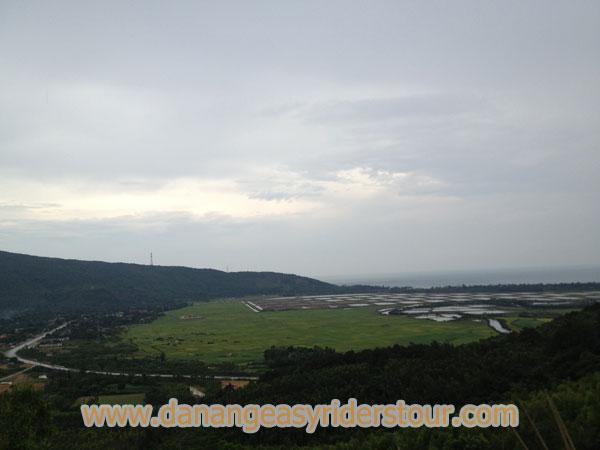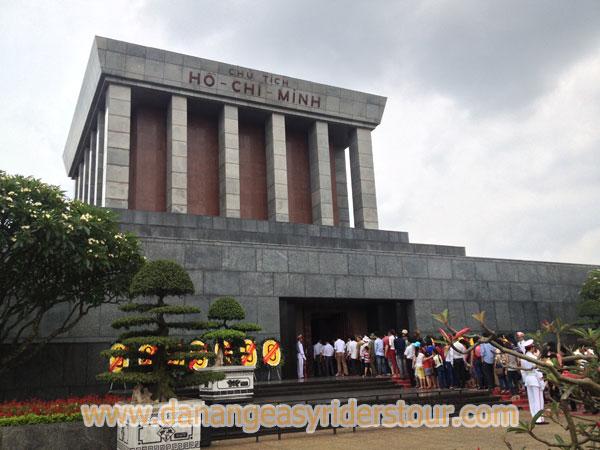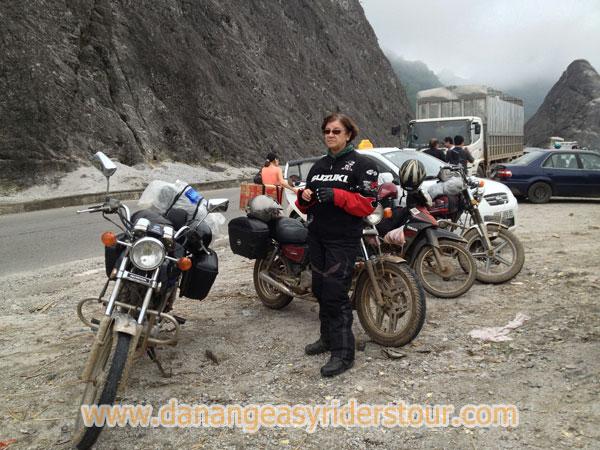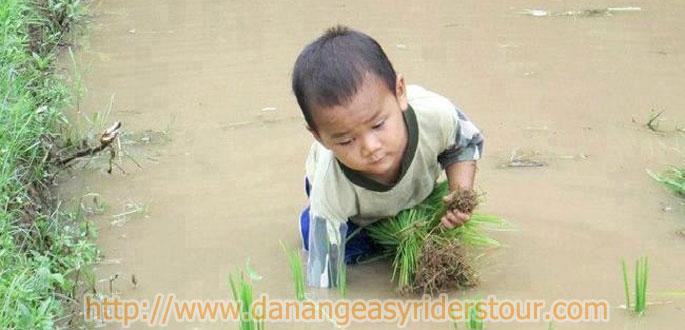
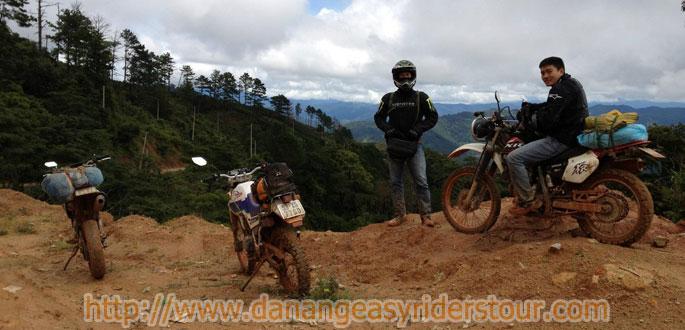
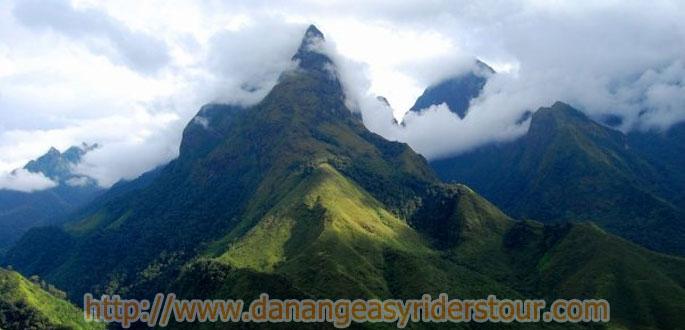
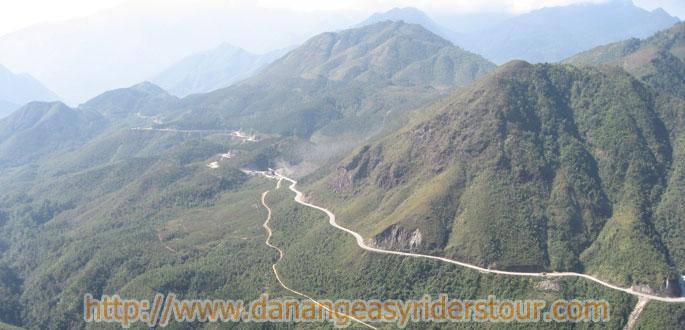





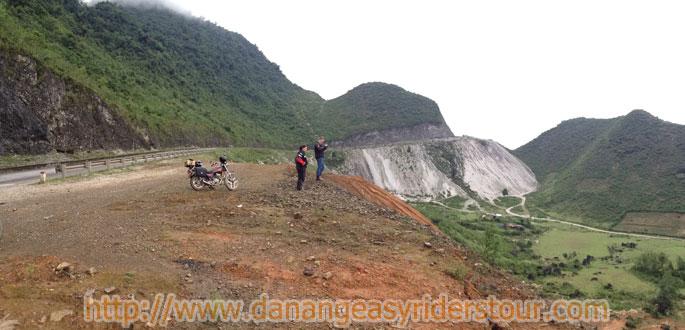
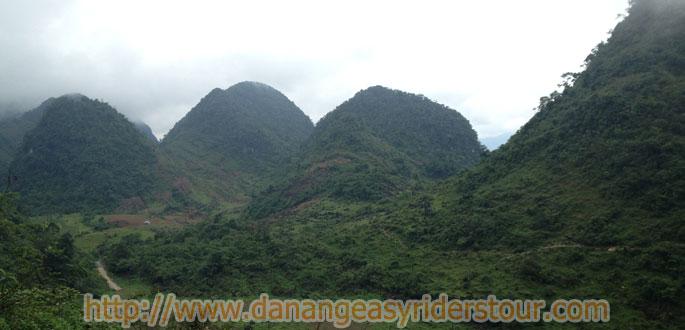
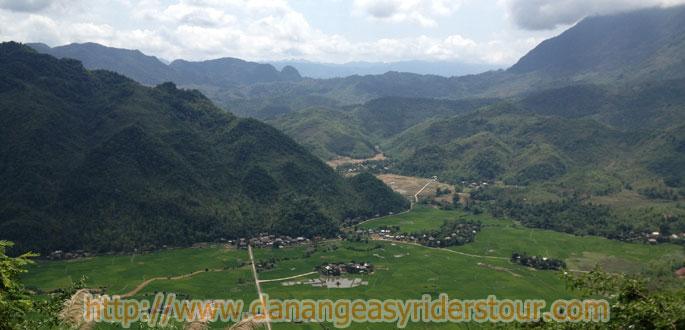
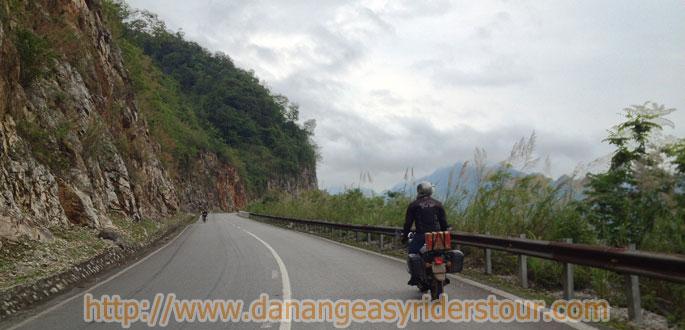
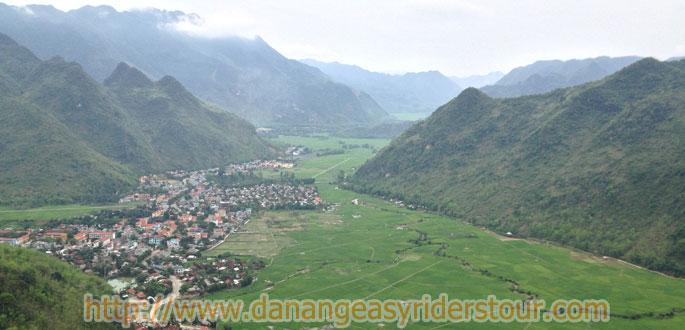

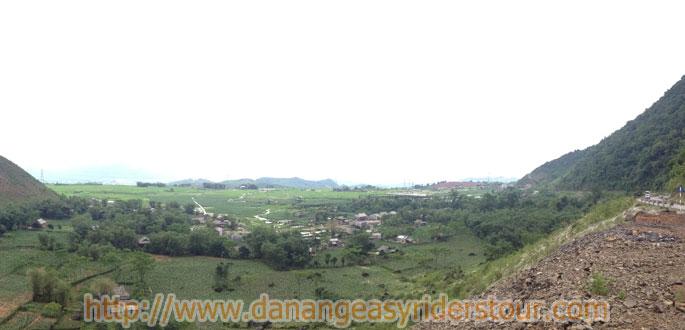
|
Heritage
Agent Orange "Vietnam War"
During the Vietnam War, between 1962 and 1971, the United States military sprayed nearly 20,000,000 US gallons (76,000,000 l) of material containing chemical herbicides and defoliants mixed with jet fuel in Vietnam, eastern Laos and parts of Cambodia, as part of Operation Ranch Hand  The US began to target food crops in October 1962, primarily using Agent Blue. In 1965, 42 percent of all herbicide spraying was dedicated to food crops.[6] Rural-to-urban migration rates dramatically increased in South Vietnam, as peasants escaped the war and famine in the countryside by fleeing to the U.S.-dominated cities. The urban population in South Vietnam nearly tripled: from 2.8 million people in 1958, to 8 million by 1971. The rapid flow of people led to a fast-paced and uncontrolled urbanization; an estimated 1.5 million people were living in Saigon slums.[7]  United States Air Force records show that at least 6,542 spraying missions took place over the course of Operation Ranch Hand.[8] By 1971, 12 percent of the total area of South Vietnam had been sprayed with defoliating chemicals, at an average concentration of 13 times the recommended USDA application rate for domestic use.[9] In South Vietnam alone, an estimated 10 million hectares (25 million acres, 39,000 square miles) of agricultural land were ultimately destroyed.[10] In some areas TCDD concentrations in soil and water were hundreds of times greater than the levels considered "safe" by the U.S. Environmental Protection Agency.[11][12] Overall, more than 20% of South Vietnam`s forests were sprayed at least once over a nine-year period.[6]   Go Back
|



